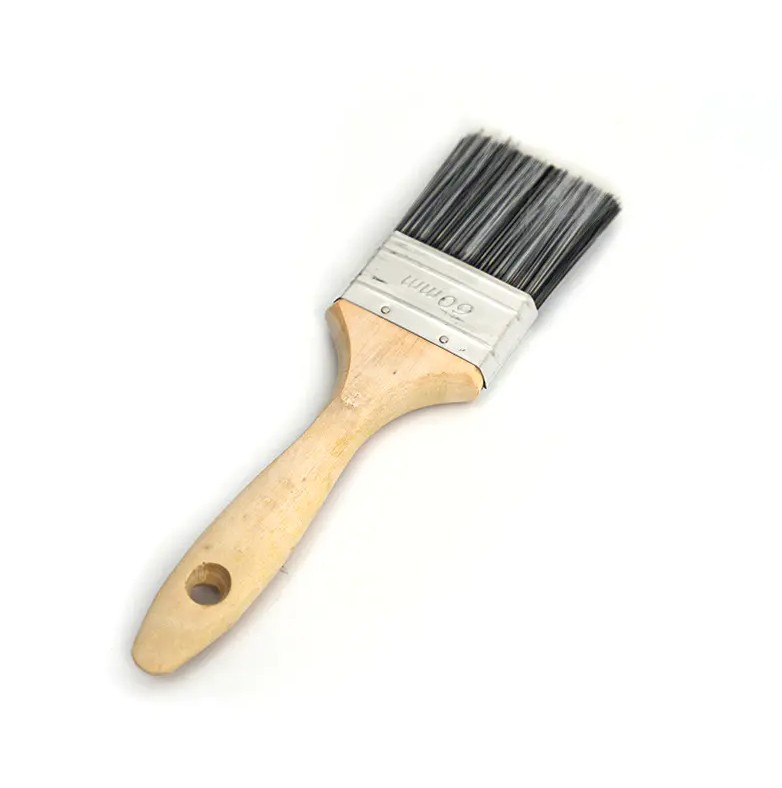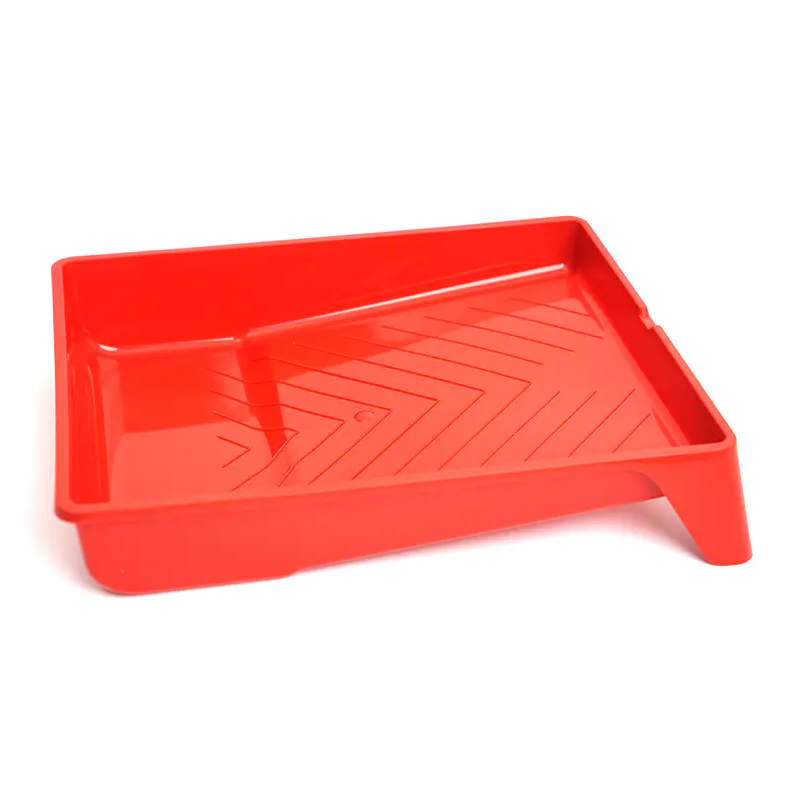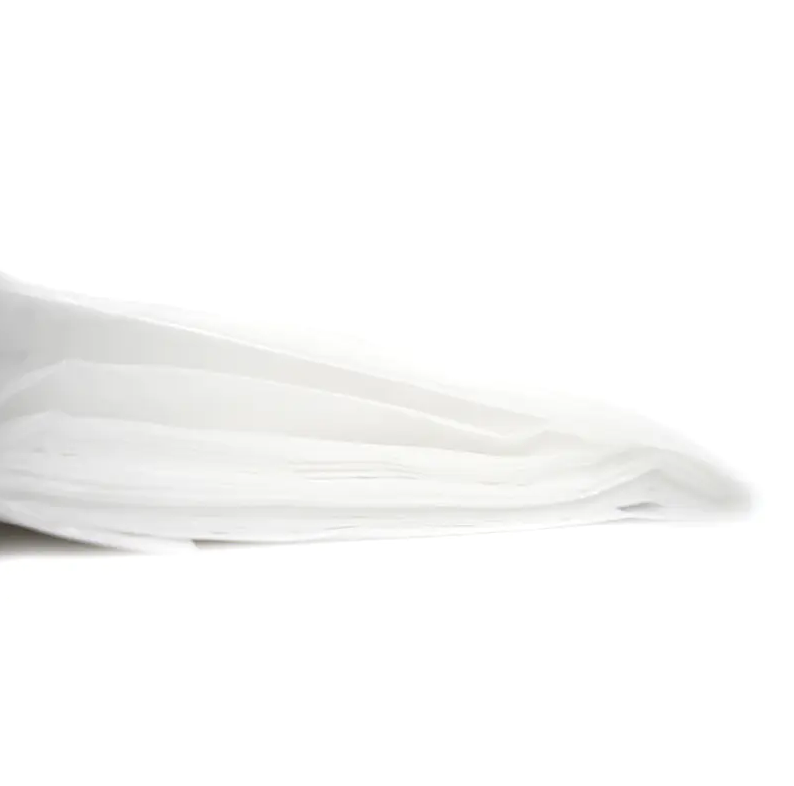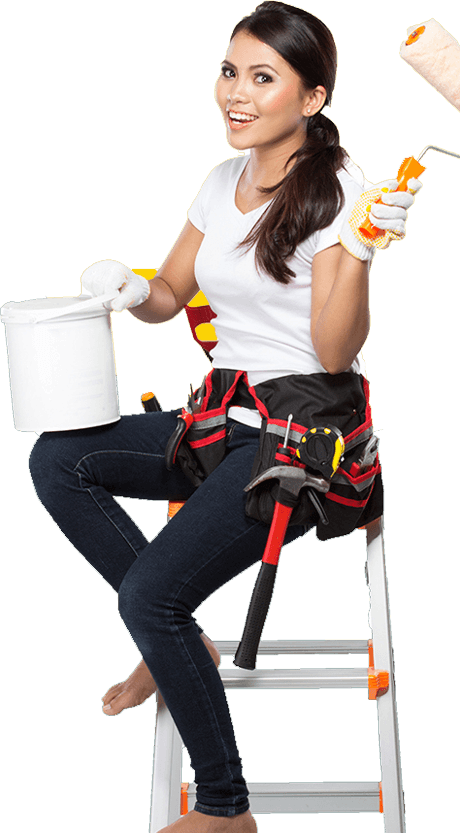Content
How a Paint Brush works?
A typical Paint Brush consists of three main parts:
- Bristles: This is the part that comes into direct contact with the paint and the surface. The material, length, and shape of the bristles determine the paint's adhesion, release speed, and smoothness of the coating. Common bristle materials include natural hair (such as boar bristles) and synthetic hair (such as nylon or polyester).
- Ferrule: This is usually made of metal and secures the bristles to the handle. A high-quality ferrule prevents bristles from falling and maintains their shape.
- Handle: This provides grip and control and is usually made of wood or plastic. An ergonomically designed brush handle reduces fatigue during extended work.
A Paint Brush works by utilizing the capillary action and fiber structure of the bristles. After being dipped in paint, the friction between the bristles and the surface causes the paint to be evenly spread across the surface, forming a protective or decorative coating.
Types of Paint Brushes and Their Suitable Applications
Different paints and applications require different types of paint brushes. Choosing the right painting tool is the first step to achieving ideal results:
1. Classification by Bristle Material
- Natural bristle brushes: Primarily made of animal hair (such as boar bristles). Their naturally tapered shape and split ends make them ideal for absorbing and releasing oil-based paints (such as alkyd and oil-based paints). However, natural bristles swell and soften in water-based paints, making them unsuitable for use with latex paints.
- Synthetic bristle brushes: Typically made of nylon, polyester, or a blend of the two. They offer excellent durability and stability for water-based paints (such as water-based and latex paints) and do not deform as naturally bristled hair absorbs water. They are also suitable for some oil-based paints. For the environmentally friendly water-based paints commonly used in modern home renovations, synthetic bristle brushes are ideal.
2. Classification by Shape and Application
- Flat brushes: The most common type, with neatly aligned bristles, are suitable for quickly painting large, flat surfaces. They are a popular choice for everyday wall and furniture painting.
- Corner/Angled Brushes: Brushes with beveled ends. Designed for corners, window frames, door frames, and cutaways, these brushes provide precise control and a clean edge, essential for achieving professional edge finishes.
- Round Brushes: Brushes with round or oval bristles are often used on complex or curved surfaces, such as railings, moldings, and certain woodwork details.
How to Choose and Maintain a Quality Paint Brush
Selection Tips
- Paint Compatibility: For water-based paints, choose a synthetic brush; for oil-based paints, choose a natural or high-quality synthetic brush.
- Checking for Quality: The bristles should be flexible and not easily detach when pulled; the collar should be tight and secure.
- Consider Size: Use a wide brush (e.g., 3-4 inches) for large areas; use a narrow or angled brush (e.g., 1.5-2.5 inches) for details and cutaways.
Maintenance
- Cleaning: Clean immediately after use. Water-based paint should be cleaned with warm, soapy water; oil-based paint should be cleaned with mineral spirits or a suitable thinner. Thorough cleaning is key to extending the life of your Paint Brush.
- Store dry: After cleaning, straighten the bristles and hang or lay them flat to dry to avoid stress and deformation.
By choosing the right type and maintaining proper care, your Paint Brush will become a reliable tool for any painting project.



 Español
Español







